National Museum of Native Americans
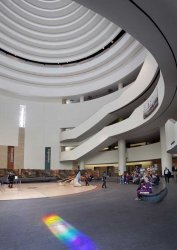 The confusion begins with the entrance to the Smithsonian Institution’s National Museum of the American Indian, a soaring, curving stone building at the southeastern corner of the Mall.
The confusion begins with the entrance to the Smithsonian Institution’s National Museum of the American Indian, a soaring, curving stone building at the southeastern corner of the Mall.
The entrance faces east — a symbolic nod to the many Native Americans who orient their homes to the east and the rising sun — but that makes it difficult for visitors coming from the Mall or Metro to find their way in, and entering through the back door diminishes the dramatic effect of the Potomac Atrium .
The two major exhibitions on the upper floors are similarly confounding. “Our Lives” celebrates the survival of the dispossessed without chronicling the policies and battles that brought them close to extinction, while “Our Universes” spotlights the creation myths of seven nations without drawing any connections or contrasts between them.
“The initial point was to celebrate the ongoing existence of these native peoples, ” museum director Kevin Gover, a member of the Pawnee nation with degrees from Princeton University and the New Mexico College of Law, said. ”We took it to an extreme, and the narrative got lost.”
Like visitors wandering its remarkably empty halls, the NMAI is still trying to find its way.
The National Museum of the American Indian's Potomac Atrium. (Eric Long/Eric Long, National Air and Space Museum)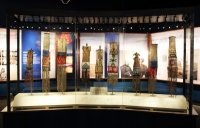 The first national museum to focus exclusively on Native Americans, the NMAI opened in 2004 with the goal of redefining the relationship between the museum world and native nations. It collaborated with Native Americans on everything from design to the exhibitions, going out to the reservations and inviting Native Americans to join them in developing the programs.
The first national museum to focus exclusively on Native Americans, the NMAI opened in 2004 with the goal of redefining the relationship between the museum world and native nations. It collaborated with Native Americans on everything from design to the exhibitions, going out to the reservations and inviting Native Americans to join them in developing the programs.
But in ceding authority to these committees, the museum gave up control of the visitor experience and created an overall message that felt disjointed and incomplete.
As it enters its second decade, it has dramatically changed its approach, and a new exhibition, “Nation to Nation: Treaties Between the United States and American Indian Nations, ” underscores its philosophical shift. Rather than employ community curators and multiple perspectives, the NMAI brought in writer and Indian rights activist Suzan Shown Harjo to curate an exhibition examining the history and the contemporary consequences of nine legal agreements between the United States and native nations.
You might also like
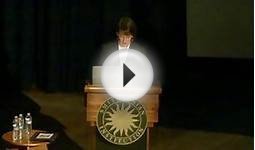
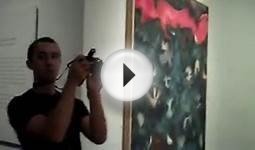
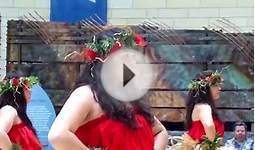

|
Treasures of early Irish art, 1500 B.C. to 1500 A.D: From the collections of the National Museum of Ireland, Royal Irish Academy, Trinity College, Dublin Book (Metropolitan Museum of Art) |




